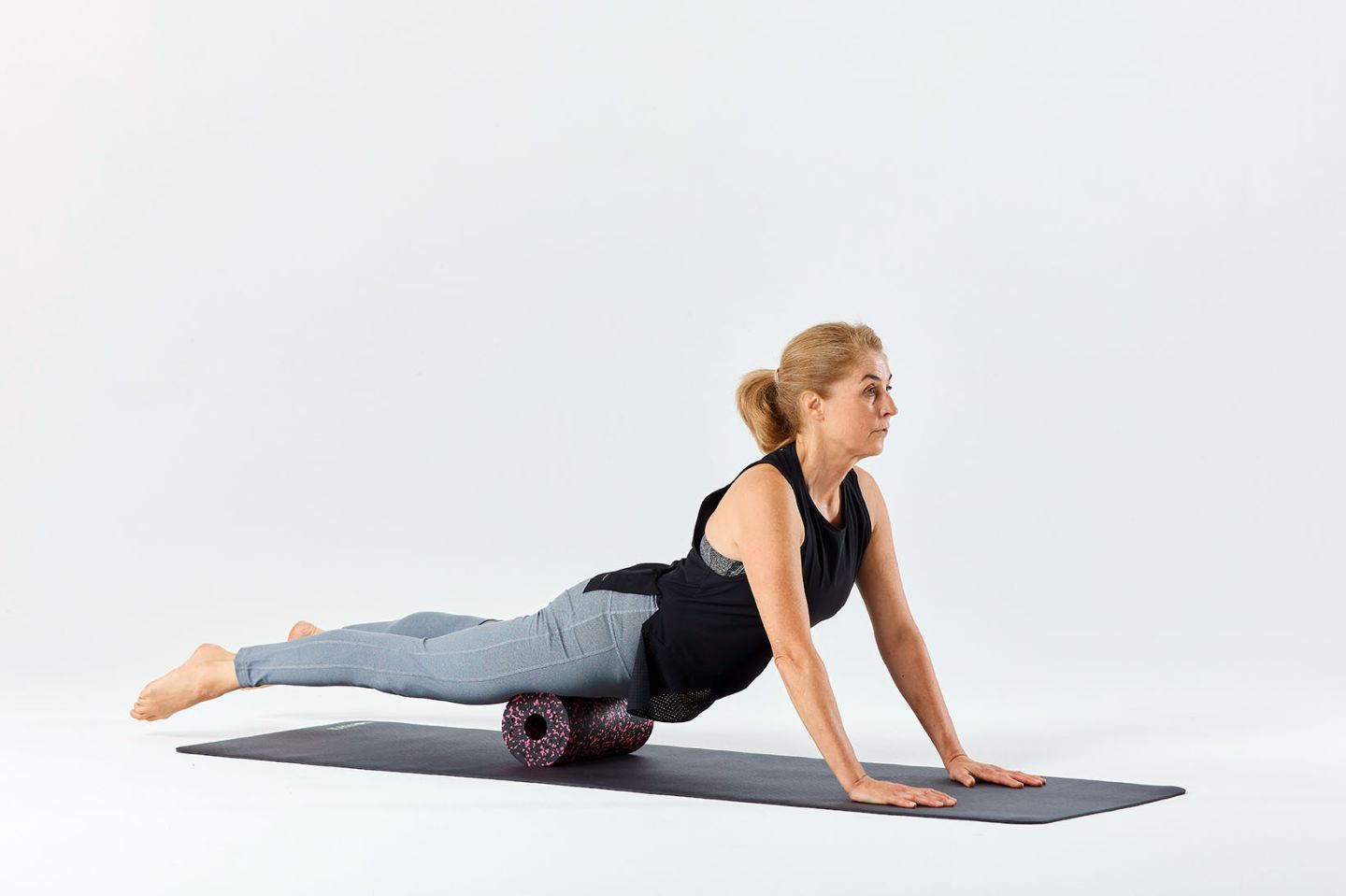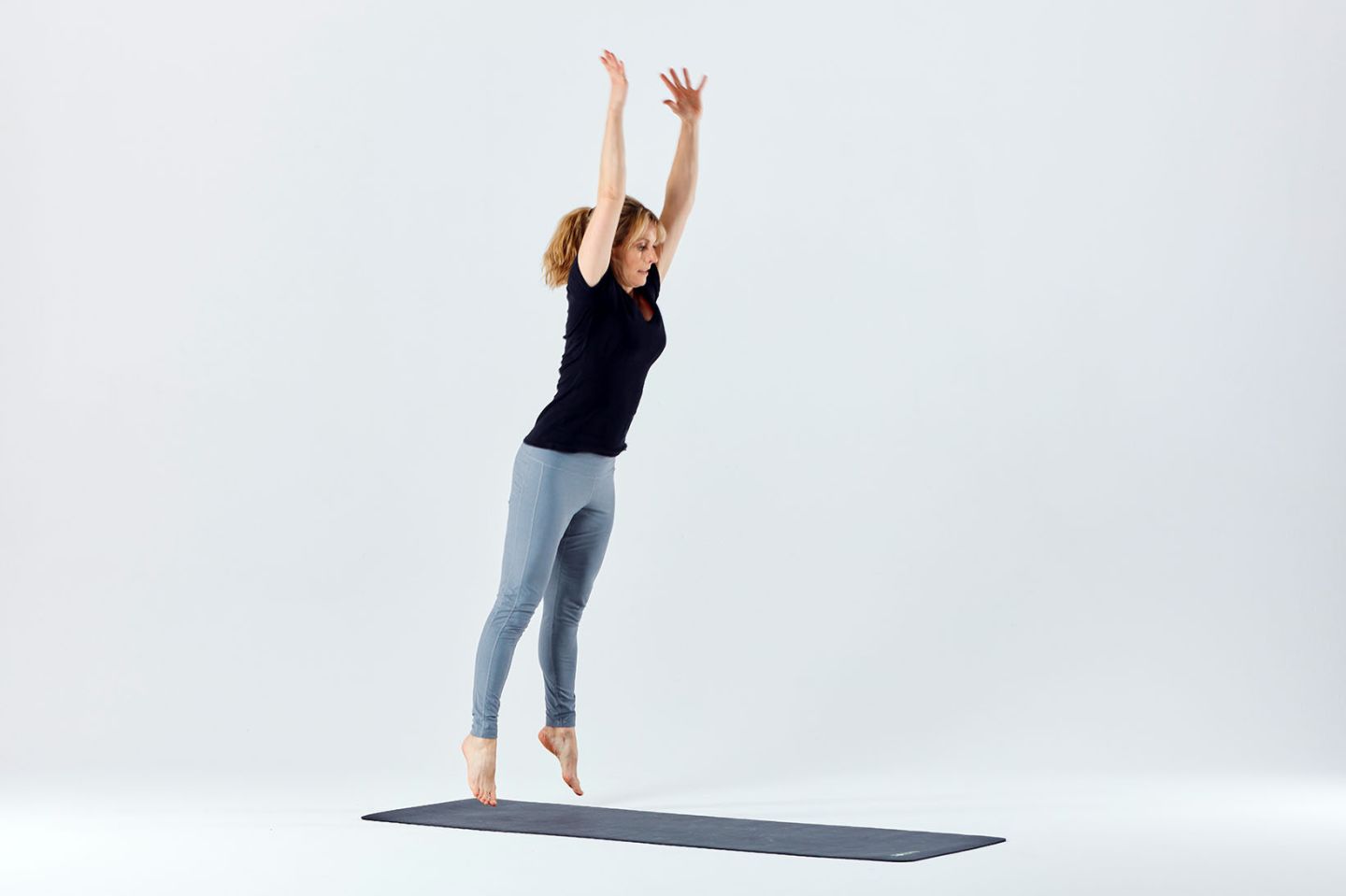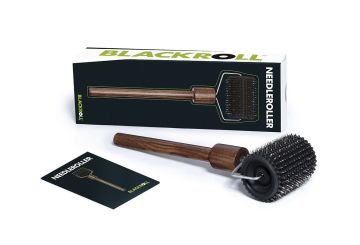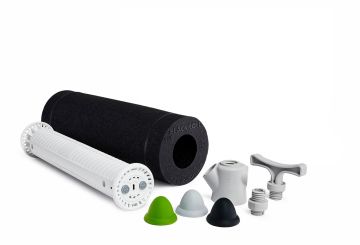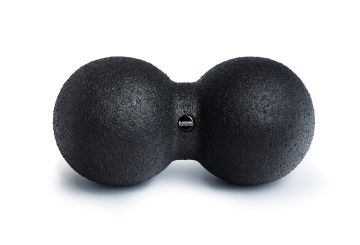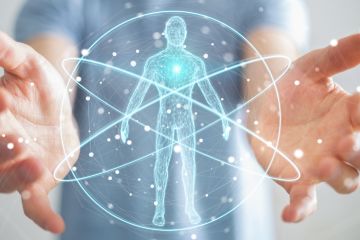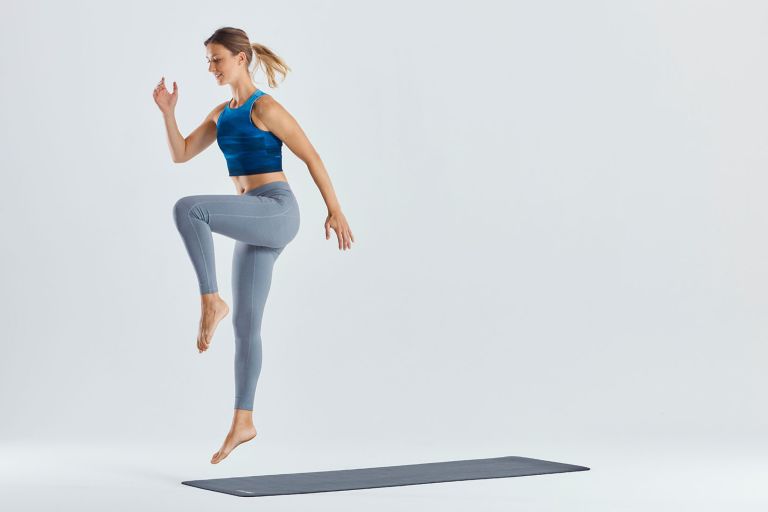
The Fascination with Fascia Training

What is fascia training and what are the different types?
Fasciae run from the surface of the skin to the deep cells of the connective tissue. Everything in our body is connected by a structure of extremely flexible fasciae. The normal ageing process, poor posture, an unhealthy diet, inflammations, injuries and degenerative illnesses also adversely affect the fasciae. This fine, and incredibly supple tissue can become matted. The water molecules crystallise like liquid honey that becomes hard. You can often feel these hardened or thickened points; the so-called myofascial trigger points, with your hands. The good news: fasciae are not rigidly defined masses – they can change. They also want to be changed. You can press, pull, knead and stretch the fasciae. What’s more, you actually need to do this in order to remain healthy. Even for the fasciae, the motto rings true: “Use it or lose it”. Movement is required in order to maintain the function of the fasciae. With stretching and movement, you can loosen adhered fascial tissue. As a result, you can actively counteract pain and degenerative processes and keep your fascia supple with fascia training.
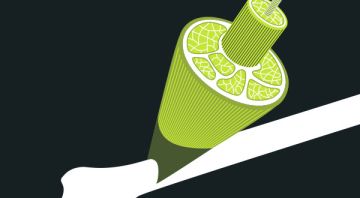
Fasciae and their importance for our body
When you cut through an orange you can see small white fibres that permeate through the flesh of the fruit. With branches that are just as fine, the fasciae weave a network through the body. Scientists speak of a “fascial system”: “Everything is connected by means of a structure consisting of extremely flexible fasciae,” says Jean-Claude Gimberteau, “there are no empty spaces”. The French surgeon was the first to uncover the fasciae, explaining: “fasciae run from the surface of the skin to the deep cells of the connective tissue.”
“Healthy fasciae are bendy like a bamboo cane, resistant to tearing like a towing rope, and springy like the movement of a gazelle”
Fascia researcher Dr. Robert Schleip
Researchers are only gradually beginning to grasp the diverse range of tasks performed by fasciae within the body.
- Fasciae wrap around tendons, ligaments, muscles, and also internal organs, like a tight-fitting body suit, thus providing padding for soft tissue. They also give the muscles form and support. Fascia researchers such as Robert Schleip even go as far as to say: “without the fasciae, the bones would collapse in on themselves.” It is the fasciae, and not the spine, that support the skeleton, by forming an internal network of tensile stresses. You are perhaps familiar with this construction principle from architecture; it is known as “tensegrity”, and is also the basis for the new fascial fitness craze.
- Fasciae not only consist of builder cells, which form collagen (fibroblasts), they also store a huge quantity of water, like a wet sponge, and a number of adhesives. This makes them elastic and allows their various layers to slide against one another. This lubrication is extremely important with regard to the tension and stretchability of the tissue. This property also forms the basis for the effectiveness of foam rolling.
- Fasciae are the largest sensory organ within the body. There are six times as many nerve endings in the fasciae as there are in the muscles. The fascia can provide a sense of wellbeing, but also allow you to experience a sense of space within a room.
„To overlook the fascia, would be like to overlook the nerves. It is an organ.”
Carla Stecco, Professor of Anatomy in Padua
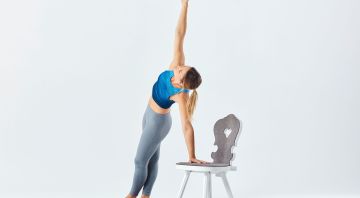
Various types of fascial training
Essentially, there is no incorrect movement. When practising fascia training the focus is instead placed on certain motion sequences. Some exercises, you may be familiar with, such as good old skipping. Fascia training is also reminiscent of a mixture of Yoga Flow and combat sport elements, paired with a healthy dose of mindfulness. Fascia training is all about keeping the fascia supple and healthy.
Fascia training includes various different practises, each of which have a different effect on the fasciae. We talk about four different principles:
- Myofascial self-massage – foam rolling und trigger point massage
- Fascial stretching – the stretching of long muscle-fascia chains
- Fascial elasticity – swinging, bouncing, hopping and jumping
- Body perception – sensory perception as the basis for every movement
01. Foam rolling and Self-Myofascial treatment
Foam rolling, self-massage with a foam roller or a fascia ball, is probably the most well-known form of fascia training. Nowadays when people talk of fascia training, the majority are actually referring to just this one variant; myofascial self-massage. When training with the BLACKROLL®, targeted pressure stimuli are applied to the connective tissue. Like a sponge, the fascia is squeezed out, in order that it can then refill itself with fluid that is richer in nutrients. In addition, adhesions and matted connective tissue can be worked in a targeted manner. However, myofascial self-massage is much more than this.
In addition to large-surface massage with a foam roller and fascia balls, we also differentiate trigger point massage. The most recent scientific findings show that deep-lying adhesions (fibroses) occur in particular in the muscle septa. A septum is the connective wall between two fascial layers. If you want to achieve holistic fascial health, then it is these areas in particular that must be targeted. You do so by applying localised pressure with simultaneous shearing forces. You are perhaps familiar with this being practised by physiotherapists. When they press into the tissue with their thumbs and simultaneously manipulate a limb, they are making use of this triggering technique. However, using our TRIGGER TOOLS you can also perform this massage on yourself.
02. Fascia training with the fascial stretch
Rather than statically stretching your muscles, in isolation, as was previously recommended in textbooks, the focus when stretching the fasciae is on entire muscle chains. So this is not just the calf, but also the buttocks, the back, and right up to the fascia of the scalp. Background info: fasciae like it when they are pulled in all directions until they final reach their end position. This long-chain, three-dimensional fascia stretching is incidentally very similar to a cat rolling around after its nap, stretching in a truly unique way. The cat tenses itself and actively extends itself internally: it actively presses its paws into the ground and extends its body, and not just in this one direction – it automatically experiences a counter-extension in its torso and hind legs. Incidentally: the “downward dog” position in yoga is very similar to this position.
With regard to fascial stretching, a distinction is made between two sub-categories:
- the actively loaded stretch
- the melting stretch
With the actively loaded stretch, or muscle length training force is exerted in the stretch. The body responds to this stimulus with an increase in muscle length and becomes more flexible.
The melting stretch, on the other hand, is distinguished by the fact that you keep the muscles relaxed, and millimetre by millimetre extend (melt) your position further and further. in contrast to active muscle length training the stretch is held for a much longer time in this instance. This type of stretching is practised in Yin Yoga, for example.
Both techniques have their advantages. To achieve holistic fascial health you should give both a try.
03. Fascia training with Rebound Elasticity
Why can kangaroos jump so high and so far? The answer lies in the catapult effect. They enter into a state of pre-tension prior to executing the jump. When actually jumping, the stored muscle energy (kinetic energy) is discharged, like a released spring. Background info: fasciae can store kinetic energy, while the muscles themselves remain isometric during this form of training. A simple example of fascial elasticity is skipping. Here the kinetic energy is stored in the Achilles’ tendons, and is immediately converted into a jump. You can also put fascial elasticity to use on the other side of the ankle joints, whereby countermovement and pendulum movement also come into play. These exercises initially seem unusual, and the tendons involved become stiffer. Therefore: twice per week with just a few repetitions will suffice in the beginning.
04. Fascia raining with Proprioreception
More than 100 million nerve endings are located in the fascial tissue. The highest density of receptors for body perception (proprioreception) is thus found in the lubricating layer between the muscles. It helps you to find your orientation within a space. Coordination skills are closely associated with this form of fascia training. You reinforce your training by frequently establishing new stimuli. This could be unstable surfaces (wobble boards, cushions) or even new challenges (eyes closed, different angle, more complex tasks). With all four forms of fascia training is a good idea to try to maintain a sense of your movement and your body. When it comes to performing body perception exercises a curiosity to try things out is the order of the day.





